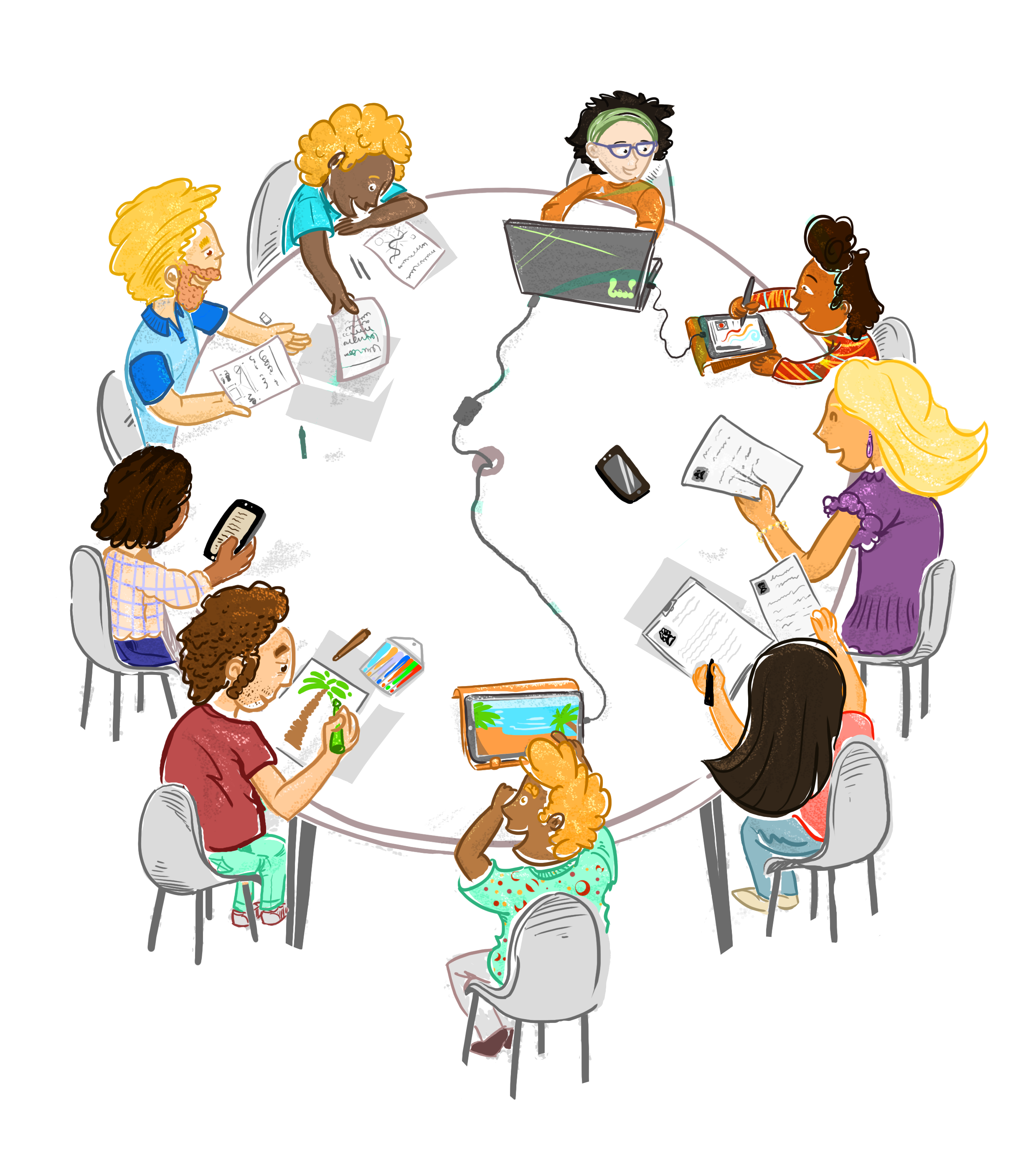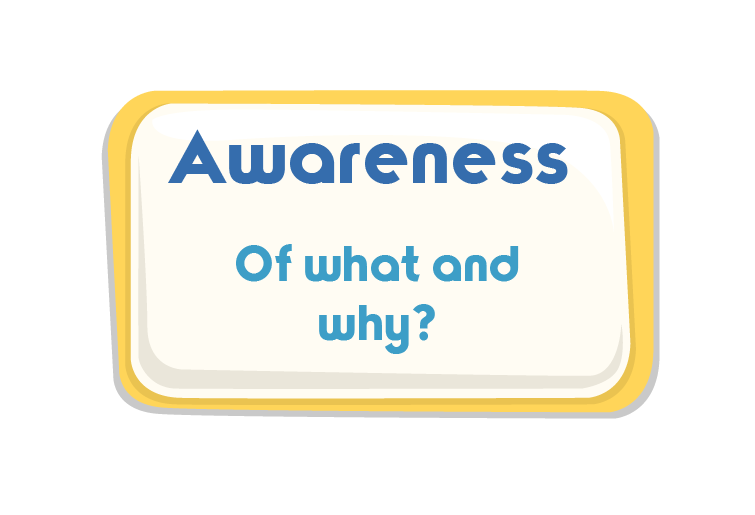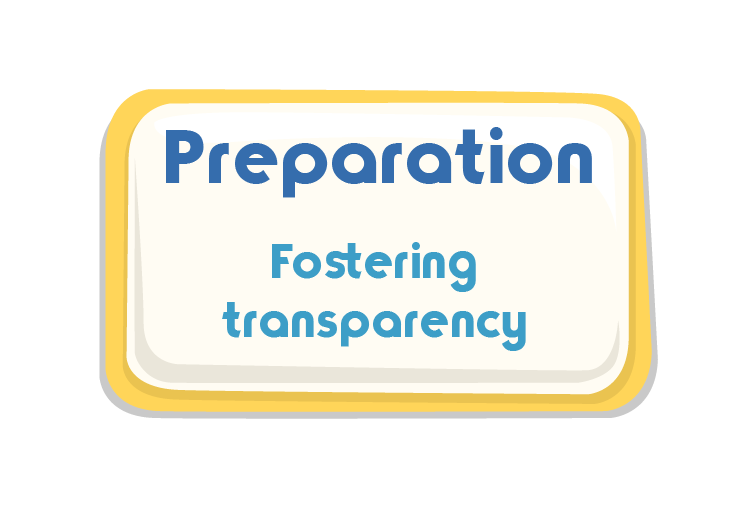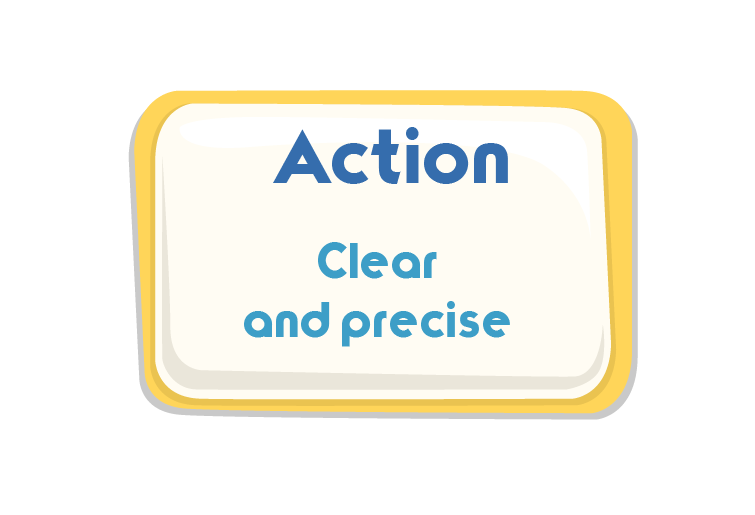
In our modern world it is widely agreed that communication is the key to a vibrant, well-functioning community. Effective channels of communication can support and enhance mutual understanding, equality and the respect for human and democratic values.
Within the school community, school principals play a key role in that regard. Therefore, they should be cognizant of the first so-called axiom by Paul Watzlawick which holds that “One cannot not communicate.” Whatever principals do is always understood and interpreted by those around them as a message, whether articulated or not. Even if a principal were to avoid sending a message e.g., by remaining silent in a meeting, it would be subject to interpretation by others. Facial expressions, gestures and body language will also be understood and analyzed as acts of communication. As a school principal, you are responsible for an institution in which democratic values and forms of participation can be taught and practised. The way you communicate and transmit verbal or non-verbal messages makes a difference. Effective communication can make learning easier, help students achieve goals and increase opportunities for expanded learning. It strengthens the connection between students and teachers and creates an overall positive experience. People want to be heard. If an adult shows interest in students’ opinions, the students will feel that their thoughts and ideas are appreciated. This increases their self-esteem and confidence. A confident student is more likely to speak up in class, and broader student participation in class will improve learning and positively affect interaction within the entire group, and the school as a whole.
The focus of this sequence
Leadership in a democratic school community, just like teaching, consists to a considerable extent of communication. Thus, the principal’s mode of communication is of crucial importance to all. The principal’s communicative behavior can enhance or obstruct transparency in school affairs. Transparent leadership is the precondition for the school community’s ability to identify with their school, share responsibility and participate in institutional decision-making.
This sequence focuses on the school principal’s communication in formal contexts, e.g. when holding a staff meeting, or editing and distributing a school newsletter to stakeholders within and outside of the school community. It does not address how to deal with the communication process as a whole, or the communicative behavior of teachers, students, parents or other stakeholders, nor consider informal every-day situations of communication in school, e.g. in the corridor or during breaks – as important as they may be.
By limiting the scope and complexity of the sequence, we intend to make it as user-friendly and efficient as possible. In what follows, we consider the possibilities and tools within your reach that support you, the principal, to meet your position’s formal professional requirements when communicating with the school community and external stakeholders. Through your articulations and choice of modes and channels of communication, you can serve as a model for your students and enhance their learning and experiencing democracy in school life.
Competences
The objective of this sequence is to further those competences that support your professional performance as principal and to help transform your school into a democratic community. The Council of Europe has described these competences in Competences for democratic culture (2016). (Downloads are available in several European languages). Modern democracy not only depends on an institutional framework, e.g. laws about holding elections, but equally on the values and attitudes shared by the citizens and members of the community, and their skills, e.g. in communicating and interacting with each other, and their knowledge and understanding of their roles. Through your communicative behavior as school principal, you can provide the students in your school with the opportunity to learn competences that are vital for democracy in your country to thrive and develop.
The attitude of respect (pp.12, 39 f.)
The Council of Europe’s competence model includes the attitude of respect, defining it as the recognition of “intrinsic dignity and equality of all human beings” and their specific ways of behaviour, needs and interests. Respect is more than tolerance, which basically means putting up with everything. Respect allows a person to maintain a critical distance, and ends when you encounter people who, for example advocate violence, racism or sexism and thereby deny respect to others. An attitude of respect is essential for a democratic community at the school or national level; it facilitates open and democratic interaction with other people and is the precondition for constructive communication in school. By showing respect to every member of the school community, you set an example for your students and staff members.
Communicative skills (pp. 14, 48 f.)
The purpose of this sequence is to practise your communicative skills. In the words of the competence model, “the ability to communicate clearly in a range of situations – this includes expressing one’s beliefs, opinions, interests and needs, explaining an clarifying ideas, advocating, promoting, arguing, reasoning, discussing, debating, persuading and negotiating (…) the ability to express oneself confidently and without aggression (…) and to express (…) disagreement with another person in a manner that is respectful of that person’s dignity and rights”.
It seems obvious that communicative skills not only enhance your professional performance as a school principal, but also enable the students and staff to participate in a democratic school community.
Knowledge and critical understanding of language and communication (pp.14, 51 f.)
Besides being able to communicate more effectively, it is important to be aware of why and for what purpose we choose a certain style, mode or channel. We may then understand “the social impact and effects on others of different communication styles”, and how they can encourage openness, the willingness to co-operate, and help settle, rather than intensify conflicts.





